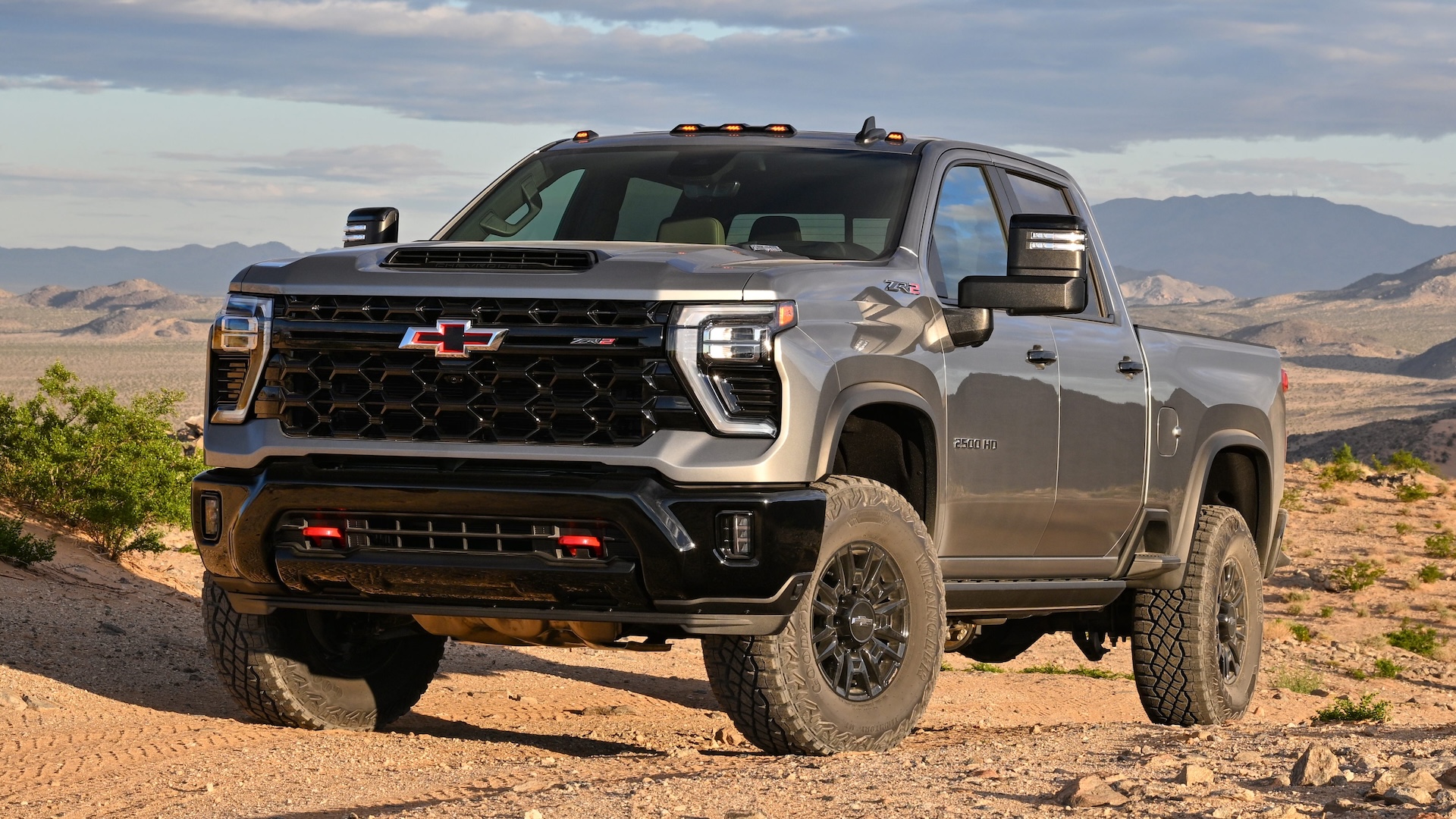

Between 2013 and 2022, the number of pedestrians killed by automobiles in the United States rose by 57 percent. One of the major causes of this spike was the rising popularity of trucks and SUVs, whose high hoodlines are more likely to inflict fatal injuries. But now, the National Highway Traffic Safety Administration is preparing to put its foot down by proposing the first set of pedestrian crash safety standards in U.S. history.
The proposal would modify the Federal Motor Vehicle Safety Standards (or FMVSS) by introducing test procedures that simulate head-hood impacts in crashes. These would be for passenger vehicles with a 10,000-pound Gross Vehicle Weight Rating (GWVR) or less, encompassing the vast majority of vehicles driven in fatal pedestrian impacts. It fulfills a mandate under the Bipartisan Infrastructure Law to bring U.S. car safety standards in line with international standards, predominantly European, which the NHTSA estimates will prevent 67 deaths per year.

The NHTSA specifically calls out pickup trucks and large SUVs as outsize threats, having made up almost a quarter of U.S. new vehicle sales in 2020. Large utility vehicles such as these (whose popularity is driven in part by oversights in CAFE regulations) are heavier, have longer stopping distances, and poorer visibility, not to mention those high hoodlines. More mass, moving at a higher speed on impact, that transfers more force to vital organs such as the brain and heart, is simply more likely to kill whatever it hits. External factors have also played a role in increased pedestrian deaths, such as distraction from in-car tech and smartphones, as well as dangerous U.S. street designs.
This proposal builds on a mandate passed in April that will require all new cars to feature pedestrian-detecting automatic emergency braking by September 2029. The NHTSA will court public comment on the proposed regulations for the next 60 days, before presumably finalizing some variation thereof. Like the AEB mandate above, any changes likely won’t take effect for years to give automakers time to design compliant products. If anything, broader standardization of safety regulations benefits automakers, who have fewer sets of regulations to design for.
No matter the final ruleset, odds are their impact on vehicle designs in the U.S. will be modest. Plenty of vehicles that abide by European pedestrian impact laws are already sold here, and they aren’t readily distinguished from those that don’t. That said, the five-foot-high hoods of today’s biggest pickup trucks may still become a thing of the past. Meteor or not, the age of these dinosaurs might be coming to an end.
Got a tip or question for the author? You can reach them here: james@thedrive.com